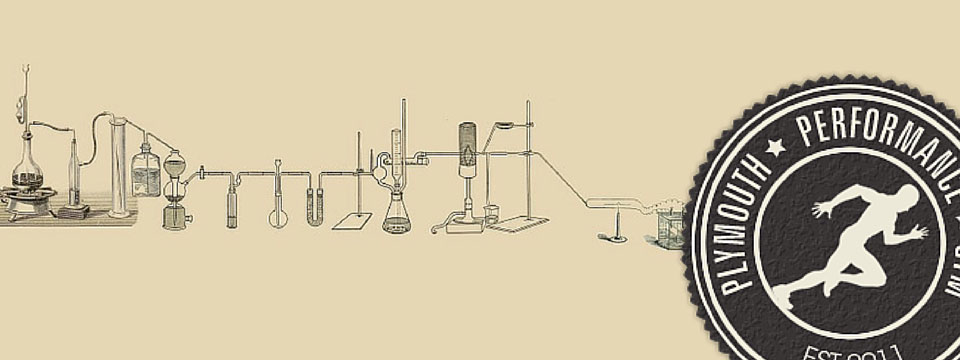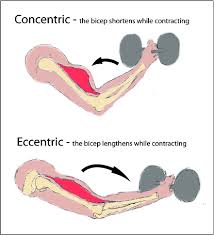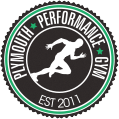
Every month I’ll be analysing a recent study published in one of the scientific journals on Strength and Conditioning. This time I’ll be reviewing a study entitled “Lower Limb and Trunk Muscle Activation with Back Squats and Weighted Sled Apparatus” (Maddigan, Duane, Button and Behm: Journal of Strength and Conditioning Research 2014).
What did they do?
The study compared the back squat and the sled push. The researchers had the test subjects perform a 10 rep max back squat and a 20 step max sled push (10 reps each leg).
Electromyography (EMG) analysis of the quads, hamstrings, calves, lower back abs and obliques was carried out during each exercise. EMG measures muscle response or electrical activity in response to a nerve’s stimulation of the muscle (basically EMG tells us how hard the muscles were working!).
What did they find?
The first thing they found was that the weight their subjects could push on a sled for 10 reps each leg was much bigger than the weight they could squat for 10 reps: an average of 240kg vs 107.5kg. This won’t be particularly surprising to anyone who’s seen how much weight they can push on a prowler, here’s a video of us pushing 380kg in the gym a few years ago!
More interesting were the results of the EMG analysis which showed that the sled push elicited
1. significantly greater activity than the squat in the calf
2. pretty much the same activity as the squat in the quads and hamstrings
3. far less activity than the squat in the core (abs, obliques and lower back).
What does this mean?
I was quite surprised to see that the activity in the quads and hamstrings during the sled push were comparable to the squat. In my opinion this is great news and the data will potentially influence my programming decisions in the following circumstances
1. when programming for a client with lower back problems which prohibit heavy squatting
2. when programming lower body strength training in-season/close to a competition
That second point is worth expanding on as the benefits of a sled push over a heavy squat for athletes’ in-season are potentially great.
In-Season Training and the Sled
Gym work can play an integral role in retaining the strength built in preseason training. Athletes such as rugby players take a hammering both in the gym and on the pitch. Consequently In-season training must tread a fine line between taxing the body sufficiently to build (or at least maintain) strength while allowing for full recovery between games.
Heavy squats, while a brutally effective strength builder, can be hard to recover from, in part due to the high level of what’s called ‘eccentric’ loading integral to the exercise. Please bear with me while I explain what I mean by eccentric loading and why it matters!
Eccentric Vs Concentric Loading
Pretty much every muscular action contains both a concentric and an eccentric phase. The concentric phase is when the muscle is shortening and the eccentric phase is when it is lengthening.
 In a squat the eccentric or ‘lengthening’ phase occurs when you are lowering the weight (going down) and the concentric or ‘shortening’ phase occurs when you are pushing the weight back up. While eccentric loading is great for building strength it takes much longer for the muscles to recover from and is the greatest contributor to the muscular soreness you sometimes feel after a training session (known as Delayed Onset Muscle Soreness or DOMS). In-season strength sessions with a high degree of eccentric loading are potentially problematic when you factor in the need for recovery before the next big game.
In a squat the eccentric or ‘lengthening’ phase occurs when you are lowering the weight (going down) and the concentric or ‘shortening’ phase occurs when you are pushing the weight back up. While eccentric loading is great for building strength it takes much longer for the muscles to recover from and is the greatest contributor to the muscular soreness you sometimes feel after a training session (known as Delayed Onset Muscle Soreness or DOMS). In-season strength sessions with a high degree of eccentric loading are potentially problematic when you factor in the need for recovery before the next big game.
Enter the Sled!
The advantage heavy sled pushes have over heavy squats lies in the contrast between their eccentric loading patterns. During a heavy sled push the legs are only forced to work against resistance during the concentric phase which occurs during the push against the floor. The eccentric portion of the lift happens when the leg is lifted and the knee bought forwards after finishing each step. This means that a heavy sled push will be quicker and easier to recover from than a squat with a comparably heavy weight, perfect for a Rugby player who will be back out on the pitch 48hrs after his gym session or a combat athlete in the last week or two of his fight camp when fresh (but strong!) legs are crucial.
But I’m no Athlete
The same qualities which make heavy sled pushes a great choice for in-season training also make them a great tool for adding extra volume to a general strength training or Bodybuilding program. The concentric only loading pattern means that you can add an extra sled pushing session to your weekly training plan without worrying too much about it negatively impacting on your next squat workout!
Let us Help You #BeMoreAwesome
If this article has inspired you to add heavy sled pushes into your training contact Will or drop into Plymouth Performance Gym anytime for some advice!

